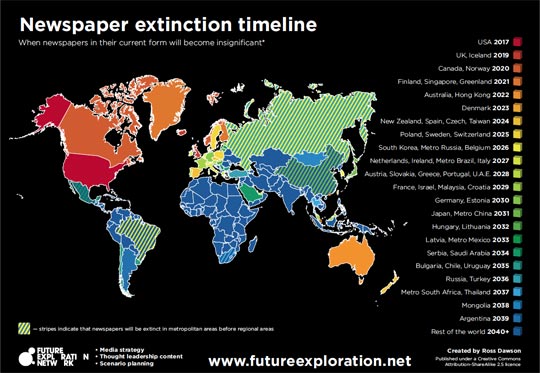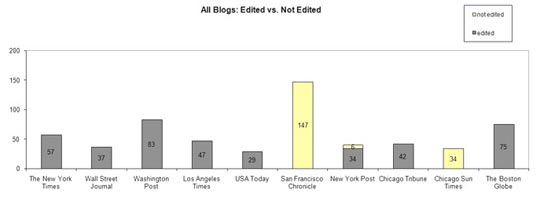Kent couple Paul and Rachel Chandler, who were released by their Somali pirate kidnappers earlier this month after being held hostage for more than a year, have reportedly written to local papers to explain their decision to sell the story to the national press.
According to a report on Archant KOS Media’s Kent News website they received a letter from the couple saying that they had decided to sign exclusive media deals in order to “repay certain immediate debts resulting from this unfortunate and troubling episode”. It’s understood the deals have been made with one national newspaper and one broadcaster.
In a letter sent to media organisations – including Archant KOS Media, publishers of this website – the couple thank the media for their support and respecting an injunction issued in the summer which prevented speculation on their situation.
But they said: “We are not a large and wealthy corporation and have had to take the decision to go with one broadcaster and one national daily newspaper”.
Earlier this month Journalism.co.uk spoke to Chris Britcher, editor of Archant KOS Media’s the Tunbridge Wells on Saturday and Sunday. At the time he said there was a “ferocious appetite out there” to find out more about the couple’s ordeal, but that the paper would respect their wishes at all times.
They may well decide that, actually, after a flurry of publicity, they just want to return to their lives, out of the glare of publicity. If they do, we will obviously respect that, perhaps only returning to them for significant anniversaries etc.

